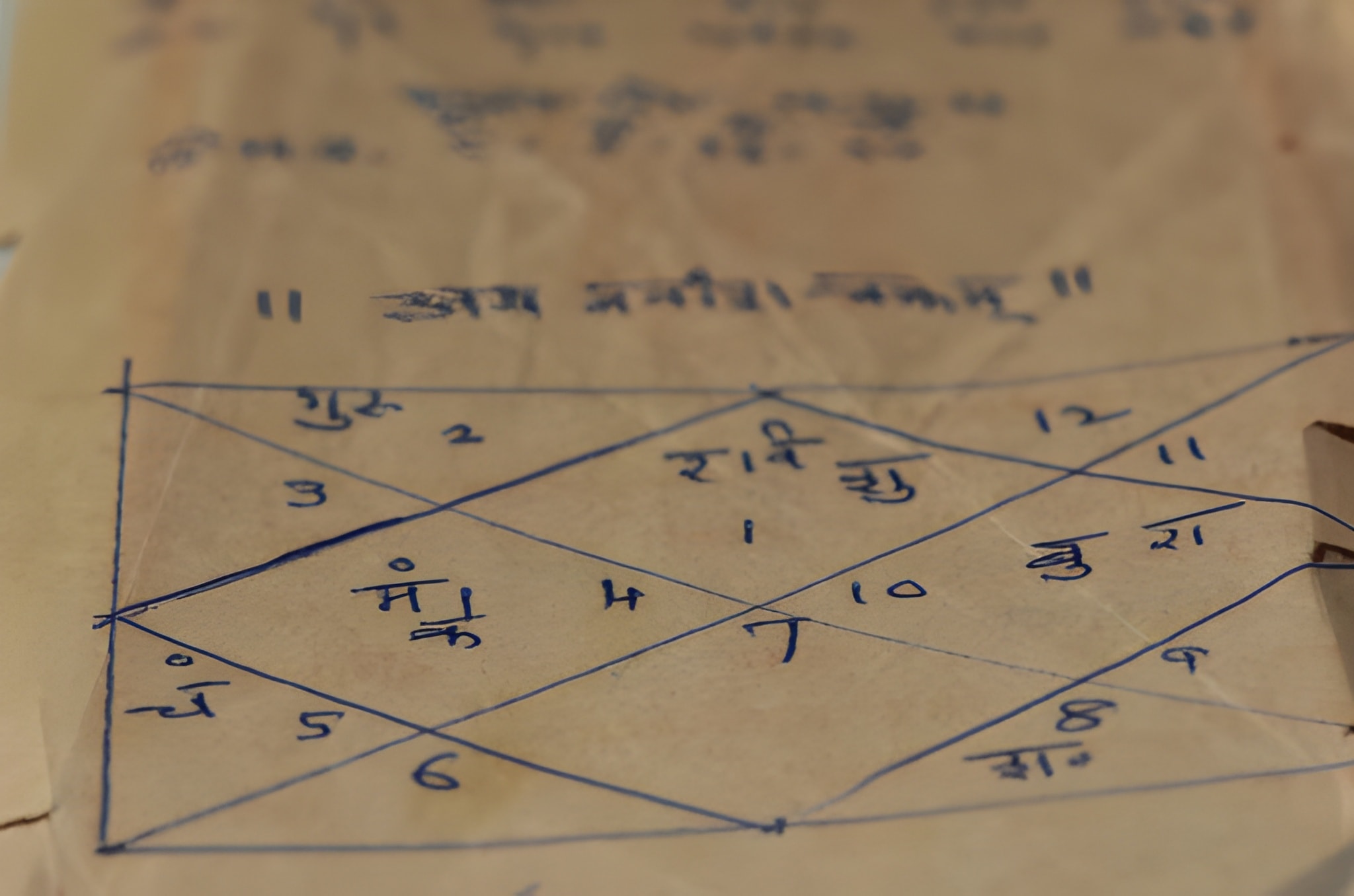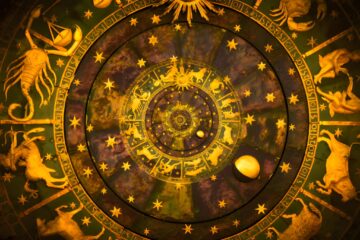Part I explained the living weather of transits — Saturn cycles, Jupiter expansion, nodes shifting obsession, the double transit of Jupiter and Saturn, Sade Sati, and timing through Dashas. This section goes deeper. It’s not “daily horoscope.” It’s advanced transit analysis in Vedic astrology.
Think of advanced transit analysis in Vedic astrology as adding lenses. You’re not guessing the future. You’re checking how pressure distributes itself through the body, mind, image, and karma.
Why Advanced Transit Analysis Matters
A simple transit read (“Saturn in your 7th, prepare for relationship lessons”) is sometimes enough. But not always. Two people can both experience Saturn in the 7th. One gets married. One gets divorced. One signs a business partnership. One loses trust in people entirely. The transit is the same; the expression is not.
Why? Because the result depends on which version of you is being hit: the physical you (Lagna), the emotional you (Moon), the projected you (Arudha Lagna), or the karmic contract represented by that planet’s own natal position.
That is the purpose of advanced transit analysis in Vedic astrology: you stop reading one layer. You read all the mirrors at once.
Reading Transits from Lagna, Moon, and Arudha Lagna
Transit from Lagna (Ascendant):
The Ascendant is your body, environment, circumstances, visible reality. When a transit is read from Lagna, it shows what happens externally. Saturn moving through your 10th from Lagna will test career, authority, reputation, and public standing. You will feel watched, evaluated, measured. Promotions come with weight. Failures come with consequence.
Transit from the Moon:
The Moon is emotional perception. It’s how your nervous system experiences the event. Saturn transiting the 10th from Lagna might bring career work, but Saturn in the 4th from the Moon might simultaneously suffocate your sense of inner safety. You hold it together in public, but inside you are exhausted, lonely, brittle. This is why people say “I got what I wanted but I felt dead during it.” Lagna vs Moon explained.
Transit from Arudha Lagna (AL):
Arudha Lagna is image — how the world reads you. A transit to or from AL shows what is happening to your perceived status, reputation, desirability, and myth. Saturn transiting across or aspecting AL can sober your public glow, strip illusions, expose you. Jupiter transiting AL can inflate your appeal, make people project virtue onto you, sometimes more than you actually possess. Rahu over AL can make you look magnetic, controversial, untouchable, or scandalous.
So you always ask three questions:
- What house is being hit from Lagna? (physical event)
- What house is being hit from Moon? (emotional weather)
- What house is being hit from AL? (public narrative)
When all three say “relationship pressure,” assume relationship crisis or commitment. When only AL screams while Moon and Lagna are quiet, assume public drama more than real damage.
Planetary Returns and Why They Matter
A “return” is when a transiting planet comes back to the exact sign and degree it occupied at birth. Jupiter return. Saturn return. These are not memes. They are structural resets of that planet’s promise in your life.
Saturn return meaning:
Around age 29–30 (and again ~58–59), Saturn returns. Saturn return is not “punishment.” It is accountability. You are asked to prove that your life is real. The identities you borrowed to survive your 20s? Saturn will test them. It will ask, “Is this you, or is this performance?” Relationships, career roles, self-myth — all are audited. If you cooperate, Saturn return stabilizes you. If you fake it, Saturn return exposes you.
Jupiter return timing:
Every ~12 years Jupiter circles back. Jupiter return expands whatever your natal Jupiter stands for — wisdom, learning, faith, network, teachers, visibility. You tend to encounter mentors, higher study, or a renewed sense of meaning. Sometimes it’s spiritual. Sometimes it’s just “I finally know what I’m doing.” Jupiter return doesn’t always feel dramatic. Sometimes the expansion is internal: you outgrow an old worldview quietly and never go back.
In transit work, returns tell you: this is not just any Saturn transit; this is your Saturn waking up in full. This is not just any Jupiter transit; this is your Jupiter being recharged. You respect returns.
Bhava Bala, Shadbala, and House Lords
Now we move into quantification — the part that feels cold but reveals truth.
Bhava Bala (house strength):
Bhava Bala tries to answer a practical question: “How strong is this house, functionally?” If a house (bhaav) has high Bhava Bala, it means that area of life is structurally supported. When a transit hits that house, events are far more likely to manifest concretely and in visible form.
Example: Transiting Jupiter enters your 5th house. If the 5th has high Bhava Bala, that transit can actually result in romance, children, creative output, recognition, speculation gains. If the 5th has weak Bhava Bala, the transit still inspires you, but fewer tangible outcomes stick. Think: warmth versus lasting legacy.
Shadbala and Ishta Phala of the house lord:
Every house has a lord. That lord has measurable strength in Shadbala (quantitative strength) and Ishta Phala (its ability to give pleasant results). If the lord of a house is weak, combust, or starving in dignity, even a “good” transit to that house delivers strain. If the lord is powerful — exalted, high Shadbala, supported in divisional charts — the same transit becomes fertile instead of draining.
This is critical in advanced transit analysis in Vedic astrology: you are not only tracking “which house is being hit.” You’re tracking “does that house actually have the muscle to respond?”
Ashtakavarga in Transit
Ashtakavarga, introduced in Part I, is karma quantified. Every planet (except Rahu and Ketu) contributes points (Bindus) to each sign. Two numbers matter most:
- BAV (Bhinnashtakavarga): How strong that specific planet feels in that specific sign for you. Range 0–8. A score of 4 or higher is generally supportive for that planet transiting there.
- SAV (Sarvashtakavarga): How supported that sign is overall. Average is around 27. Above 30 usually means the universe is not trying to break you there. Above 40 feels almost unfair in your favor.
How do you use this?
Say Saturn is transiting your 8th from the Moon — classic “difficult transit.” If the 8th house sign has a SAV of 40 and Saturn’s BAV there is 6, it can become crisis-into-power instead of crisis-into-collapse. You don’t die. You molt.
Now flip it. Jupiter transiting your 11th should be gains, network, income, fulfillment. But if Jupiter’s BAV in that sign is 1 or 2, “gain” may show up as pressure, debt, overextension, or hollow alliances. You get invites, but they cost you something. Ashtakavarga explains why textbook good transits sometimes feel predatory.
When you hear people say “Saturn wasn’t that bad for me” or “Jupiter helped my sister but wrecked me,” you are hearing Ashtakavarga speak.
Using Divisionals (D9, D60) for Timing
The natal chart (D1) is the base promise. Divisionals refine the promise for a specific domain. Navamsa (D9) refines marriage, dharma, inner stability. Dasamsa (D10) refines career. Shashtiamsa (D60) exposes ancestral / karmic residue.
For timing work, transits to sensitive planets in the relevant divisional chart can sharpen predictions:
- Relationship questions: watch transits to important planets in D9, especially Venus, 7th lord, and Lagna of D9.
- Career questions: watch transits to D10 Lagna lord, 10th lord, and any exalted or debilitated planets in D10.
- Past-life pattern surfacing / fate breaking moments: slow malefics (Saturn, Rahu, Ketu) hitting sensitive points in D60 can feel like inevitability. These are the “you cannot ignore this anymore” chapters.
This does not mean divisional transits overrule D1. Nothing overrules D1. Divisionals are zoom lenses. They tell you what kind of event is about to express the D1 promise.
Building a Transit Scorecard
The “scorecard” is a practical worksheet some astrologers (and gifted obsessives) build for high-stakes timing: career change, marriage window, litigation, major surgery, relocation, crisis de-escalation.
In concept, you create columns like these for a given slow planet (for example, Rahu):
- House Rahu is transiting from Lagna
- House Rahu is transiting from Moon
- House Rahu is transiting from Arudha Lagna
- Is Rahu hitting (conjunct) any natal planet?
- Is this a return cycle? (Is Rahu revisiting its natal sign?)
- Bhava Bala of the house Rahu is in
- Shadbala / Ishta Phala of that house lord
- Rahu’s BAV and the sign’s SAV
- Any divisional (D9, D10, D60) activation of that same natal planet
You then assign each row “supportive / neutral / stressed.” You can even convert it to +1 / 0 / -1 to get a crude net score. A strongly positive total suggests that the transit is likely to produce visible gain or progress. A strongly negative one suggests karmic friction, loss, or a price you cannot negotiate away.
Is this level of calculation required every time? No. It’s a scalpel. You use it when you need to be precise, or when you can’t afford to be wrong.
But training yourself to think this way changes how you read charts. It stops you from superstition. It forces you to test your calls against reality.
Important Notes
Why check transits from Arudha Lagna at all?
Because Arudha Lagna is how the world reads you. A harsh transit to Lagna may wreck your sleep, but a harsh transit to AL may wreck your reputation. Sometimes that’s worse. Sometimes that’s exactly what you needed — a forced shedding of an image that was never actually you.
Does every slow planet transit deserve a divisional check?
Not always. You only look into divisional transits when the question is specific. Career? D10 matters. Marriage / partnership? D9 matters. Ancestral or karmic meltdown? D60 matters. Otherwise, stay with the D1 chart and don’t drown.
Is Bhava Bala more important than Shadbala?
They answer different questions. Bhava Bala: can this house produce results in objective life? Shadbala: how strong is this planet to deliver its agenda? You want both.
If a house lord is weak, does a “good” Jupiter transit still help?
It helps with perspective, wisdom, opportunity. But if the lord of that house is broken — combust, debilitated, starved in divisional charts — the external result may not hold. Jupiter can open a door. You still need structural capacity to walk through it.
Are Saturn return and Jupiter return always dramatic?
No. Saturn return meaning is not “breakdown at 29.” Sometimes it’s simply: you finally stop pretending to be the person your younger self invented to survive. Jupiter return timing can feel subtle — a quiet inner permission, “I’m allowed to expand now.” Not all turning points are cinematic. Some are private and permanent.
FAQ on Advanced Transit Analysis in Vedic Astrology
Why is reading transits only from the Moon incomplete?
The Moon shows how you feel. The Lagna shows what physically happens. The Arudha Lagna shows how you appear. Without all three, you get a half-truth.
What does it mean when a planet transits over its natal position?
That is a return. The planet reactivates its original promise in your chart. Saturn return forces accountability. Jupiter return renews growth. These are personal resets, not generic trends.
Can Ashtakavarga really flip a “bad” Saturn transit into a good one?
Yes. High BAV/SAV indicates structural support in that sign. You still work. You still feel pressure. But the outcome becomes constructive instead of catastrophic. Ashtakavarga in transit explains why fear-based cookbook rules fail.
How do Bhava Bala and Shadbala change prediction?
Bhava Bala says, “This house can manifest.” Shadbala and Ishta Phala say, “This house lord can actually deliver something useful.” Low values warn you not to overpromise outcomes during that transit.
Should I always check D9, D10, D60 for every transit?
No. Only when that life area is the question. D9 for marriage and dharma. D10 for career. D60 for deep karmic residue. Otherwise you will overwhelm yourself and still miss the obvious.
Final note: This is the point in the study where astrology stops being entertainment and becomes anatomy. You are not predicting fate. You are measuring pressure systems across multiple layers of self. Be honest about what is actually strong in the chart — and what is only fantasy.
CTA: Ask your karma. Decode your chart at Much Needed Astro.



